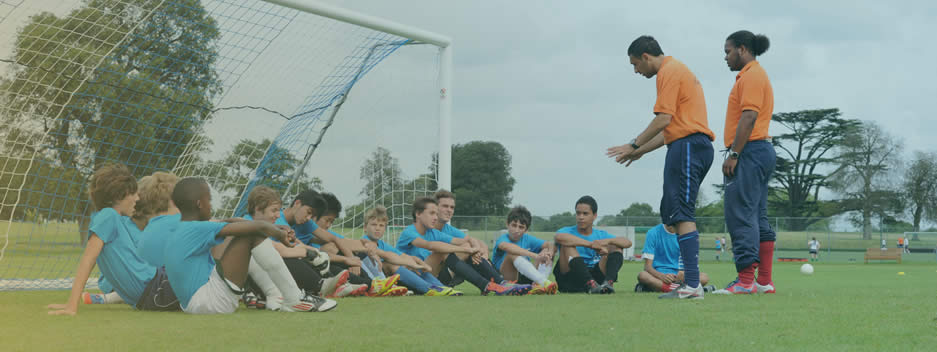Why is PE so Important and are Schools Doing Enough?
- October 31st, 2018
- Tom Bean

As activity rates decrease, obesity levels continue to rise and mental health becomes an increasingly prominent topic, we have to ask is enough being done in schools to promote a healthy, active lifestyle?
These days, there is no shortage of evidence supporting the value of physical activity - improved confidence and mental health, increased concentration and obvious physical benefits, yet PE in schools is still being seen as a disposable asset.
Since 2012, the Youth Sports Trust found that 38% of English secondary schools have cut timetabled PE lessons, instead focussing on extra tuition for academic subjects, fuelled by exam pressures.
Schools are prioritising academic subjects to the detriment of PE in hunt for improved grades. However when you delve deeper into the effects physical activity can have, the reduced hours may actually be having the reverse effect.
Exercise has been proven to improve concentration and it is a scientific fact that it increases blood flow, providing the brain with more oxygen and consequently keeping children engaged and focussed on given tasks for longer. It also provides young people with invaluable opportunities and experiences to grow.
The Lawrence Dallaglio Foundation has numerous case studies of young adults who struggle academically and socially however rugby gives them the focus they so desperately need to develop social skills, leadership and responsibility which all positively impact their learning. Initiatives like this look at a child's development holistically, seeing their life as a complete system, rather than dissecting it into parts.
Schools struggle to recognise this concept and should not be relying on extra-curricular organisations to provide children with these opportunities. The system fails to appreciate the holistic benefits that sport and exercise brings, instead it dissects the students school lives into parts; they go to a maths class, they do maths. Are they good at maths? No? Do more maths to get better. Do less PE to find the time.
Alternatively, let's adopt the idea that the students school life is a system. From lesson to lesson, the events of the day/week/term accumulate with each influencing the next. In 'real-life' we transfer knowledge from different experiences to learn and develop in other aspects of life. The same is the case in schools from activity to activity, hence illustrating how regular PE lessons will have a positive effect on learning and ultimately on exam results.
During PE sessions, students are constantly faced with problem-solving scenarios where decision making is a necessity. It also boosts confidence, morale and concentration so when our student who is struggling with maths now gets back into the classroom, they are full of self-esteem, they have experience of how to solve problems and the courage to make decisions. This is undoubtedly a far more effective state to learn in, rather than trudging through sums with the same struggles and no other experiences of when they've had a problem and how to solve it.
So what next for PE? Some new initiatives and teaching methods look towards incorporating academic subjects into PE lessons as a new way to help children retain information. Creative teachers are using cross-curricular lessons to use sporting scenarios to teach times tables and areas of english all whilst getting children outside and physically active.
In an increasingly health conscious world, abandoning physical activity at a stage of life and in an environment which provides such accessible opportunities seems to contradict everything these young adults will be told come their post-school years. Physical education needs to be seen as a way to enrich young people, rather than restrictive and the sooner this shift happens, the quicker society will begin to reap the benefits.
Looking after the body is a prerequisite in life, so why are we discarding it in schools?